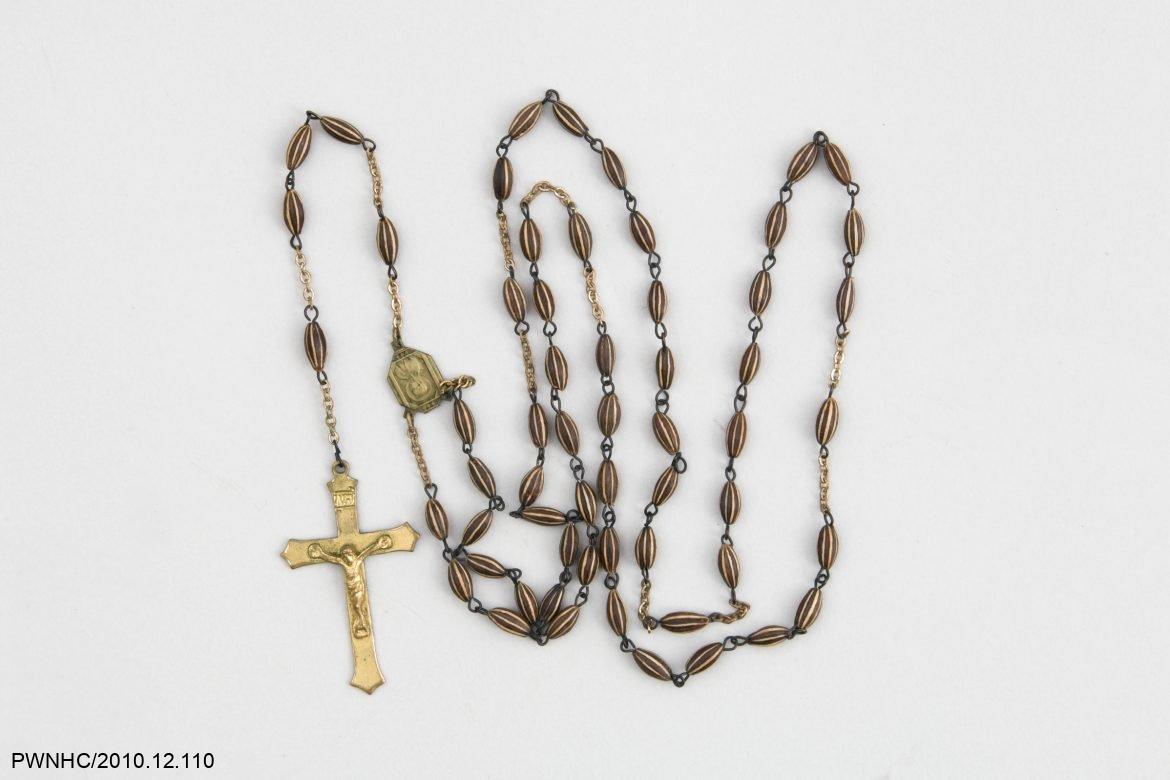1850-1899
The People and Land Change
For the Northwest Territories, the second half of the 19th century was a time when trapping became a way of life for many Indigenous peoples. This “Trading Post Dependency” period saw Dene and Inuvialuit trappers more reliant on HBC trading posts as a means of survival, affecting patterns of settlement and introducing disease and welfare support from the same people who were making them sick. It was also a time when the Christian influence was strengthening. Church-based schools were introduced to Indigenous peoples. The Church of England (Anglican), Roman Catholic missionaries, and Grey Nuns actively worked to integrate Christian religious processes into Dene, Inuit and Metis life.
The Hudson’s Bay Company transferred Rupert’s Land to the newly formed Canadian government in 1869. In 1876 the federal government passed the Indian Act. The Act, in the opinion of the crown, gave the federal government the exclusive right to create legislation regarding Indians and Indian lands. It defines who is legally considered an Indian and establishes related legal rights. The Act aimed to eliminate Indigenous culture by favouring assimilation into Euro-Canadian society, and it still exists to this day.
Late in the 19th century, the rate of change increased with an influx of American whaling ships into the Beaufort Sea. The arrival of independent traders, sometimes called ‘free traders,’ challenged the might of the Hudson’s Bay Company. Thousands of men and women took the ‘all-Canadian’ route – the Slave and Mackenzie rivers – to the Klondike gold rush. The century ended with Canadian officials negotiating and signing Treaty 8.
As newcomers grew, their goods and way of life affected how Indigenous peoples harvested their land resources. The settlers’ belief systems and governance structures dramatically affected the balance of power between the people in the North and the Canadian arrivals.
